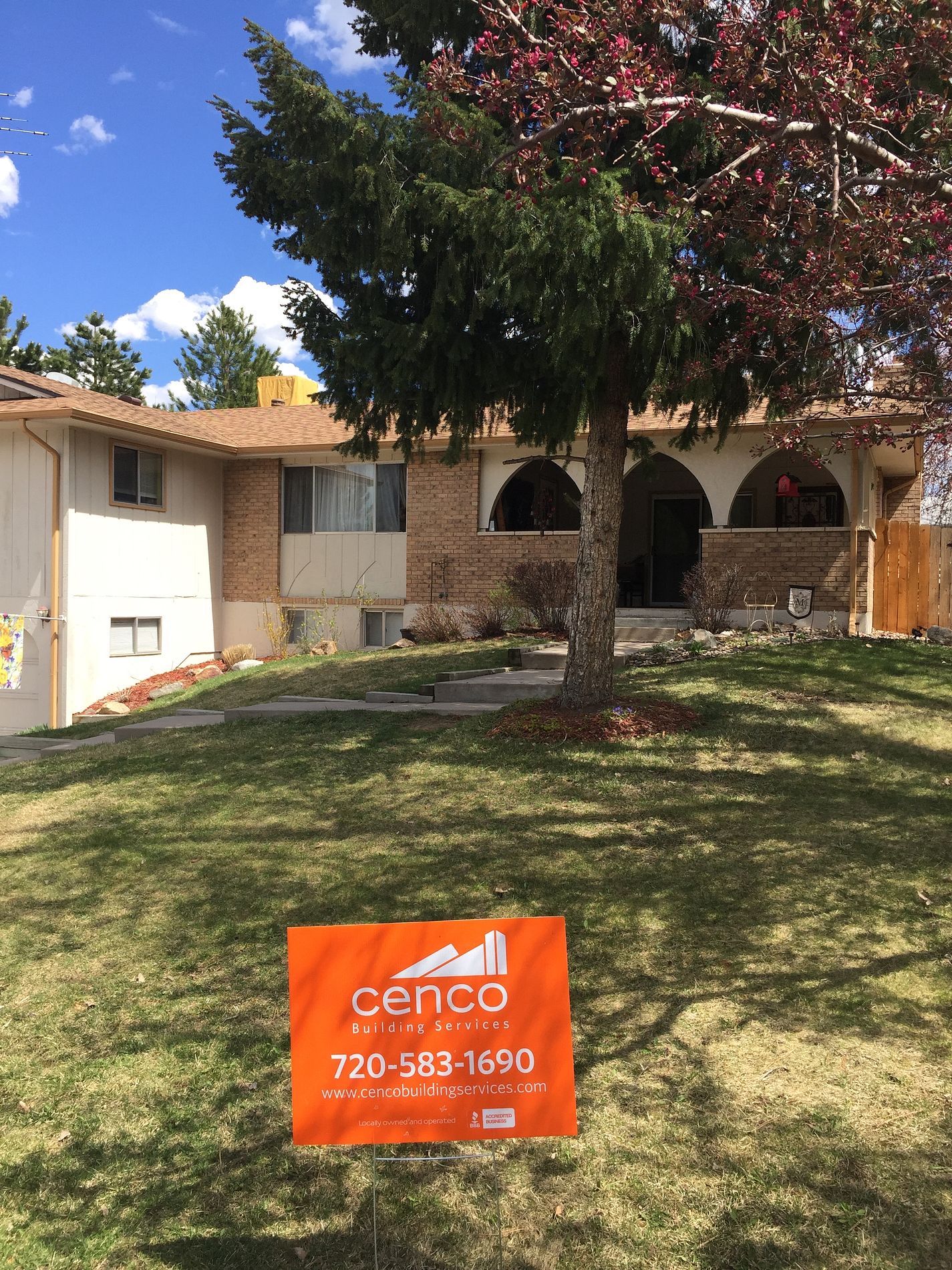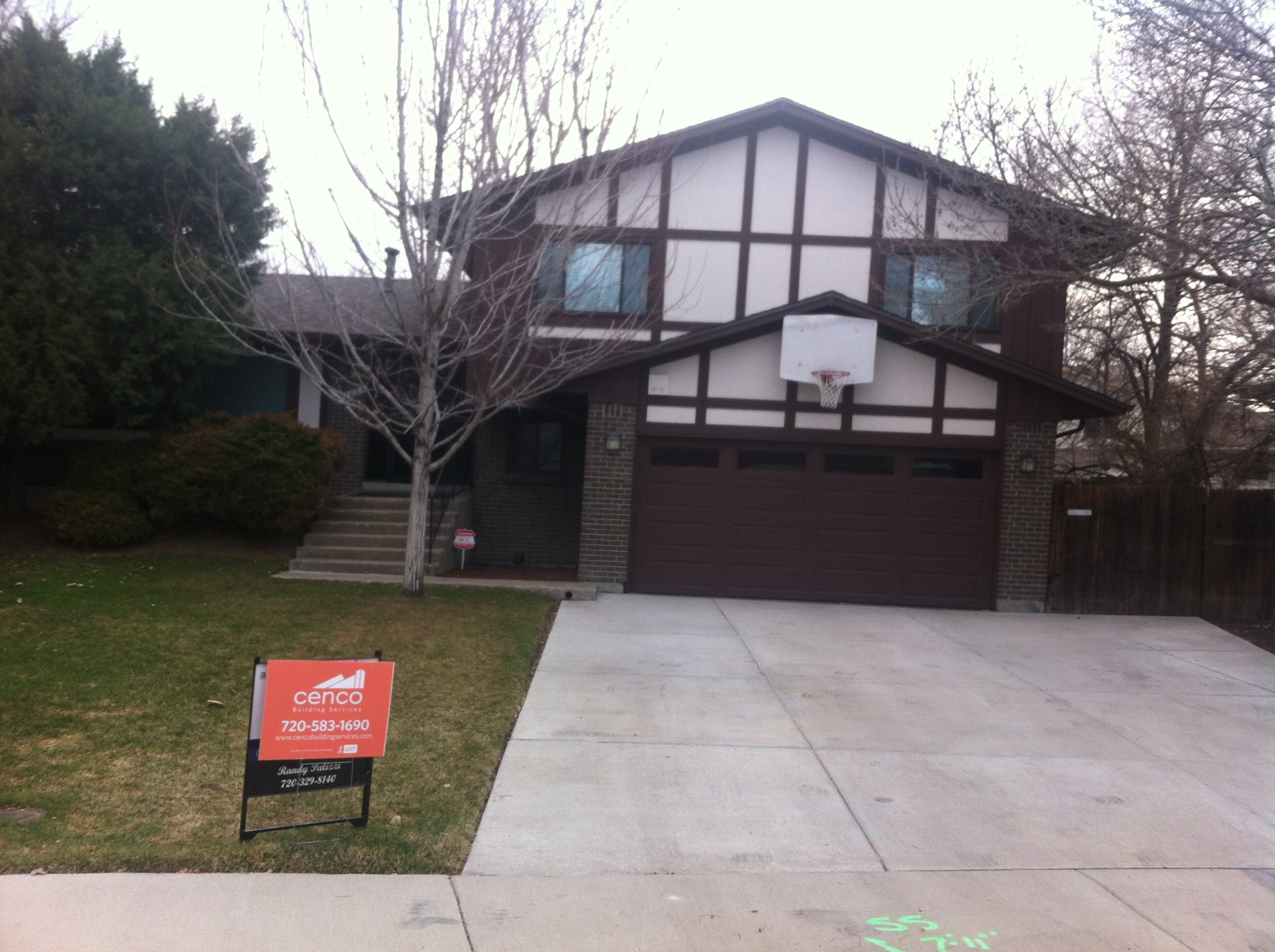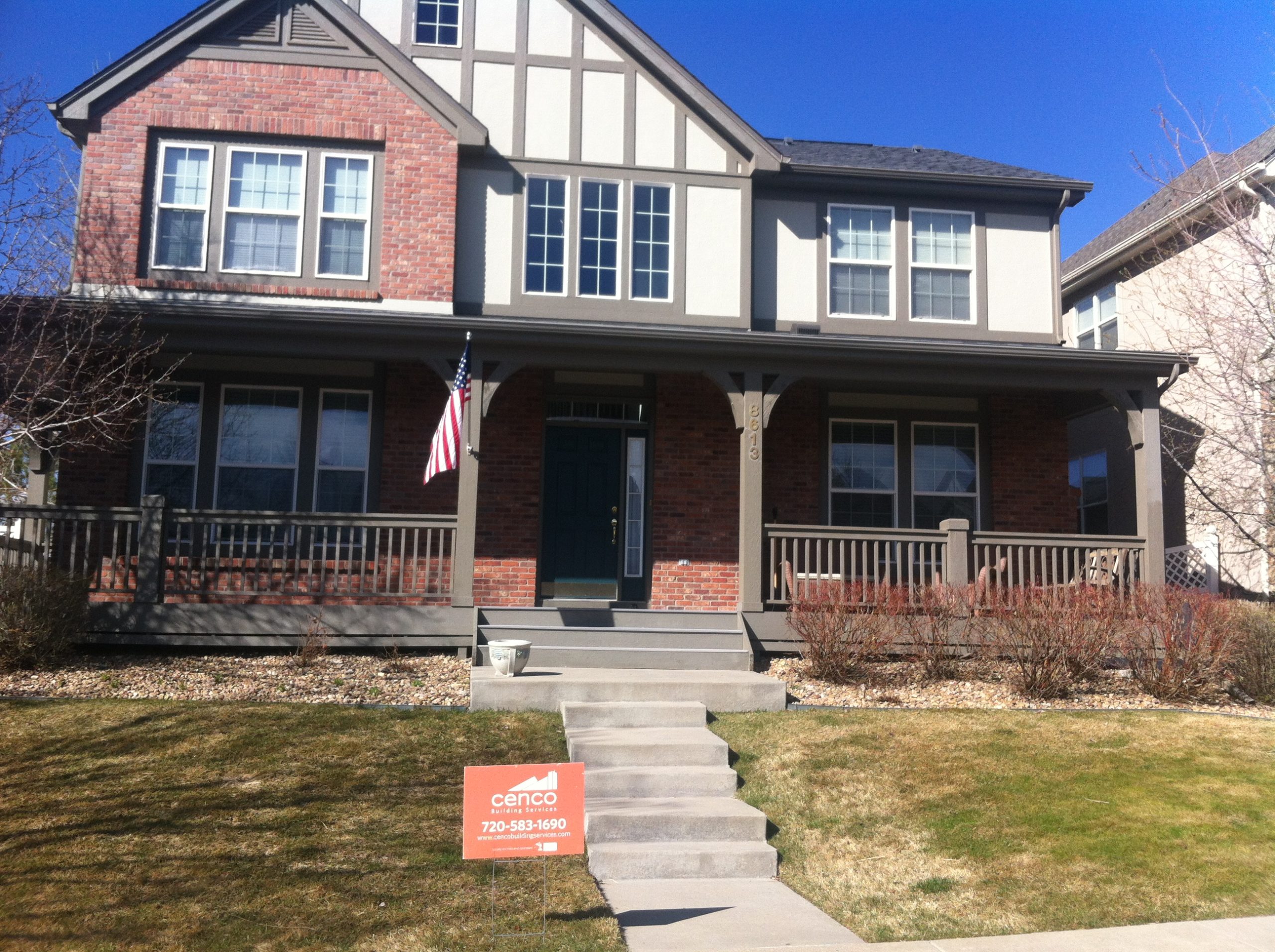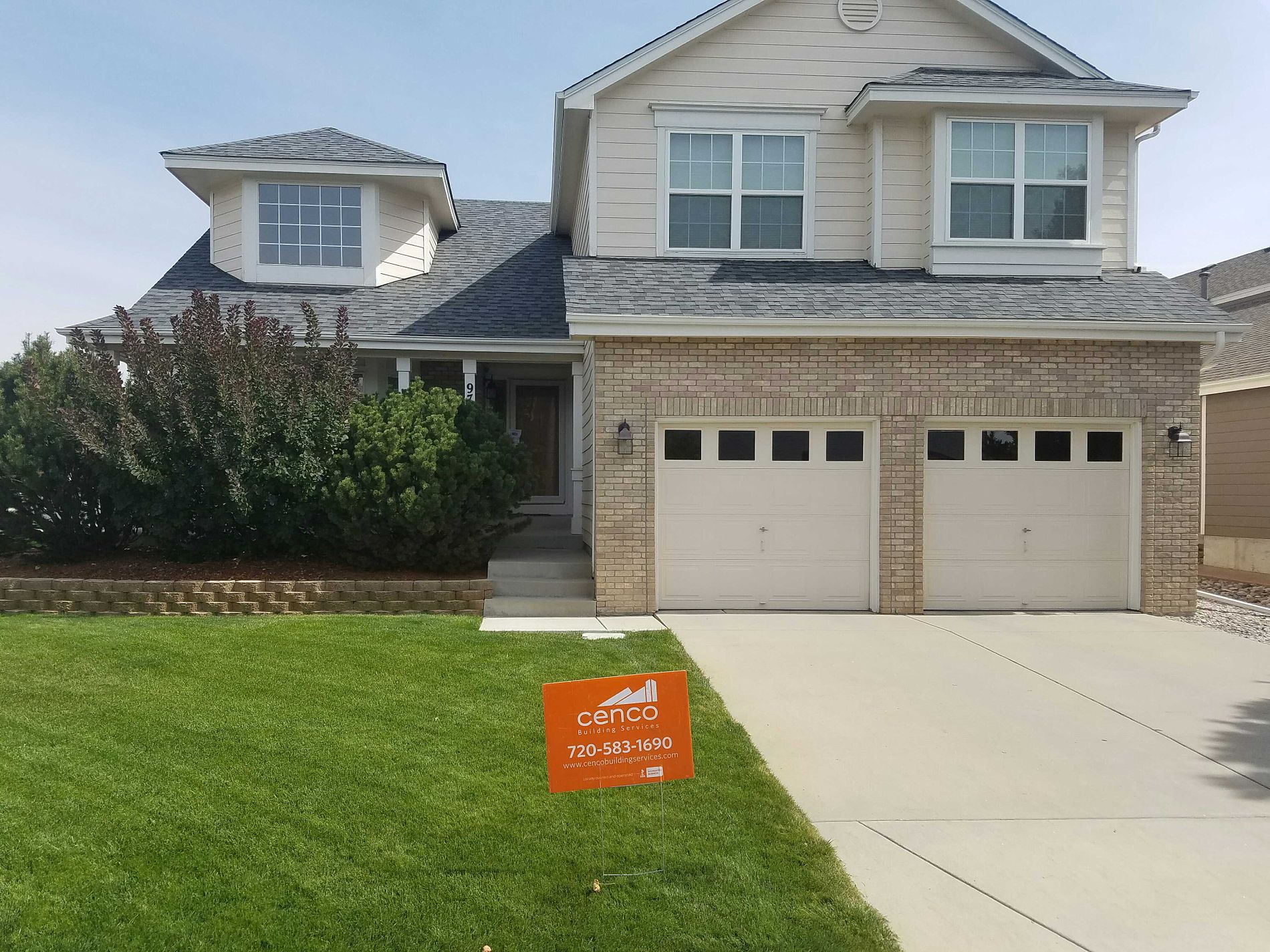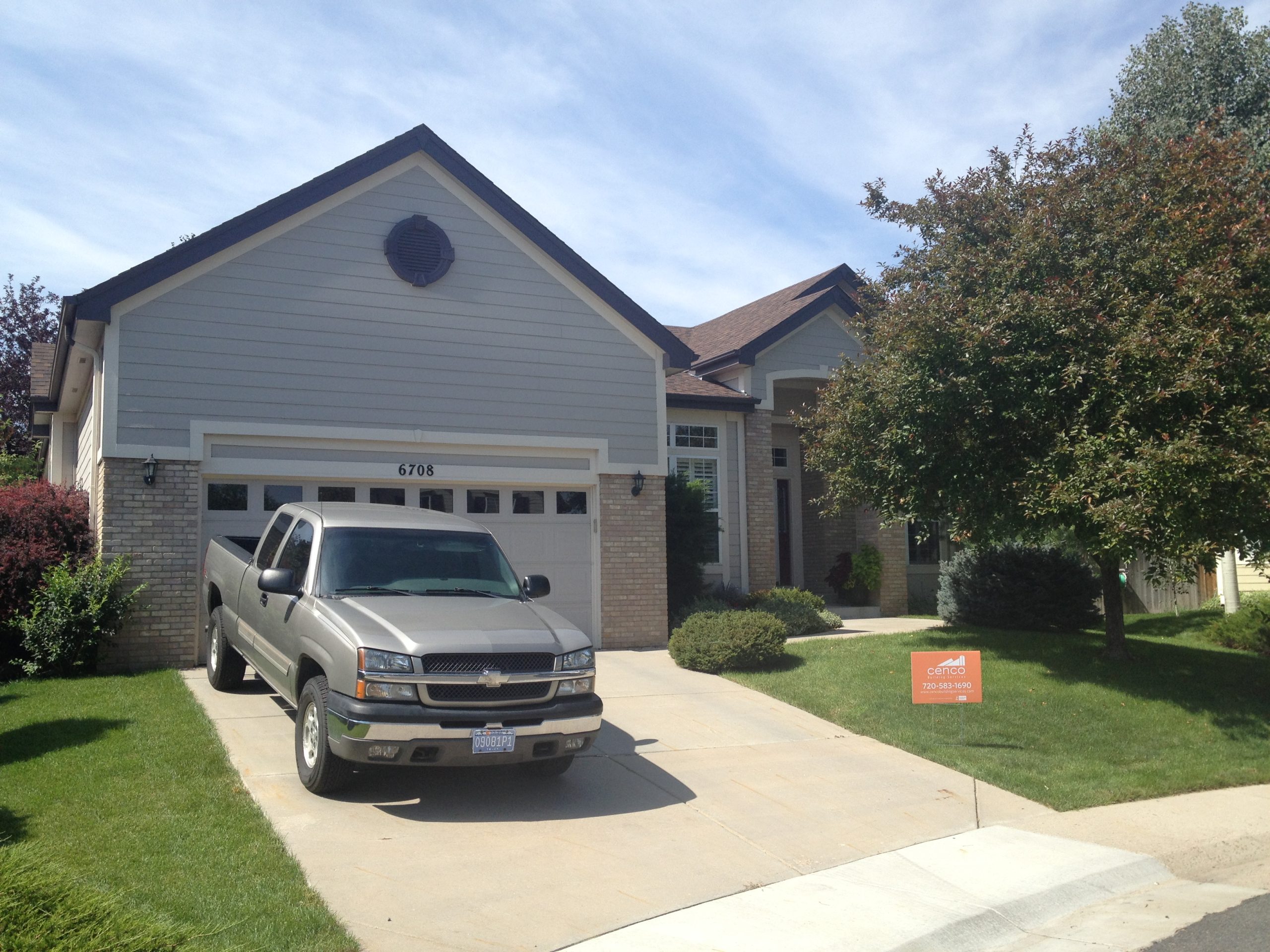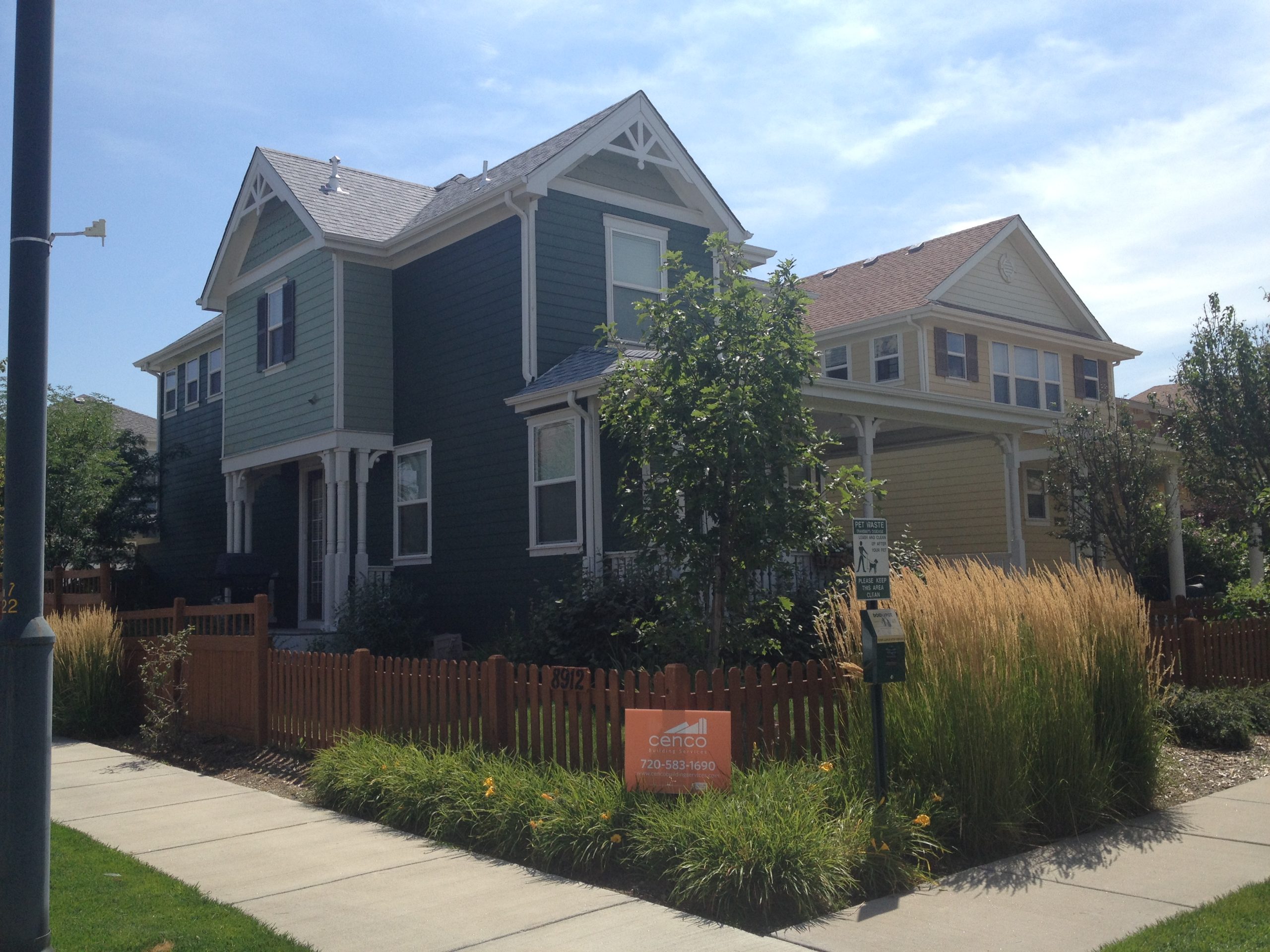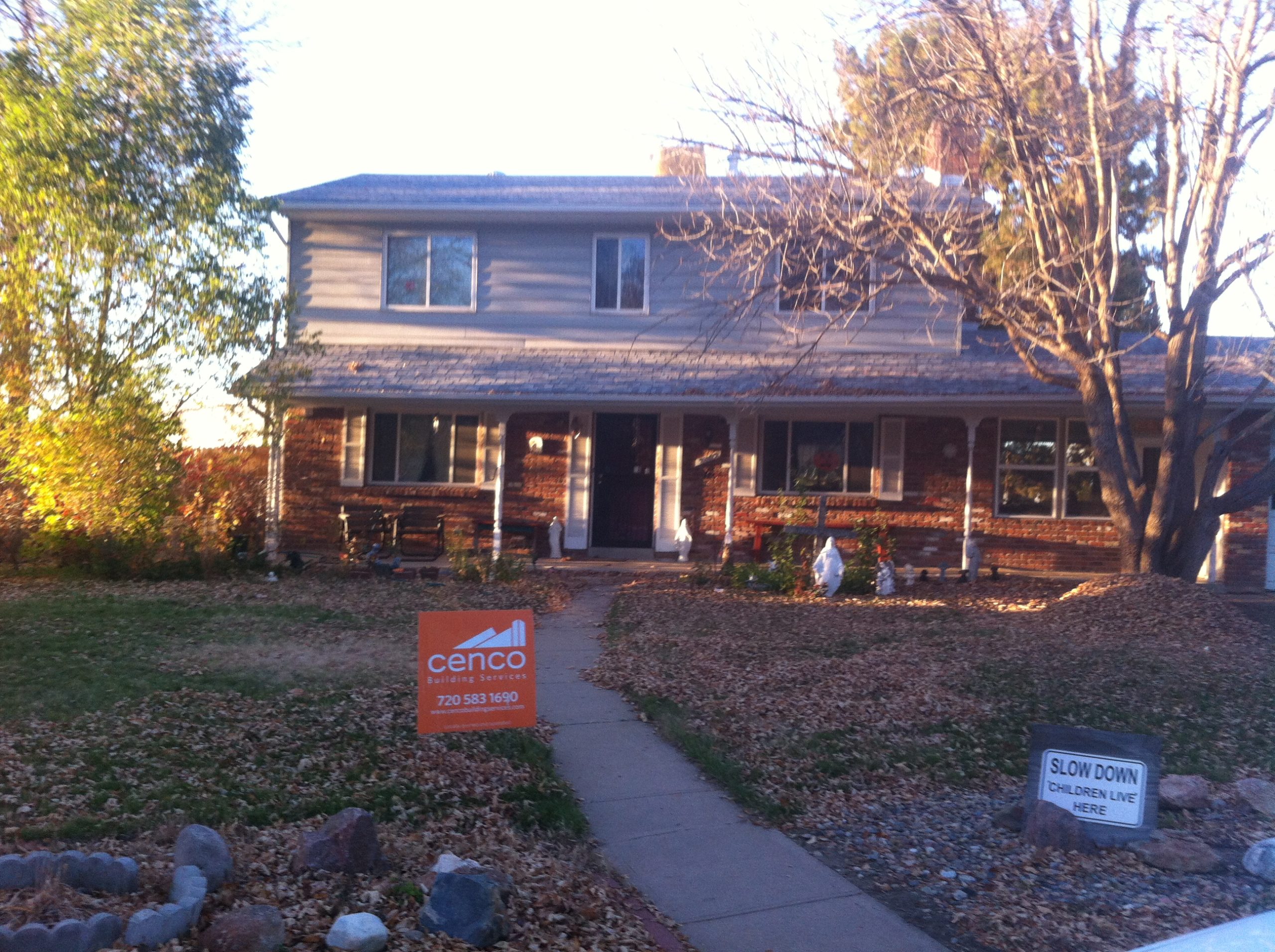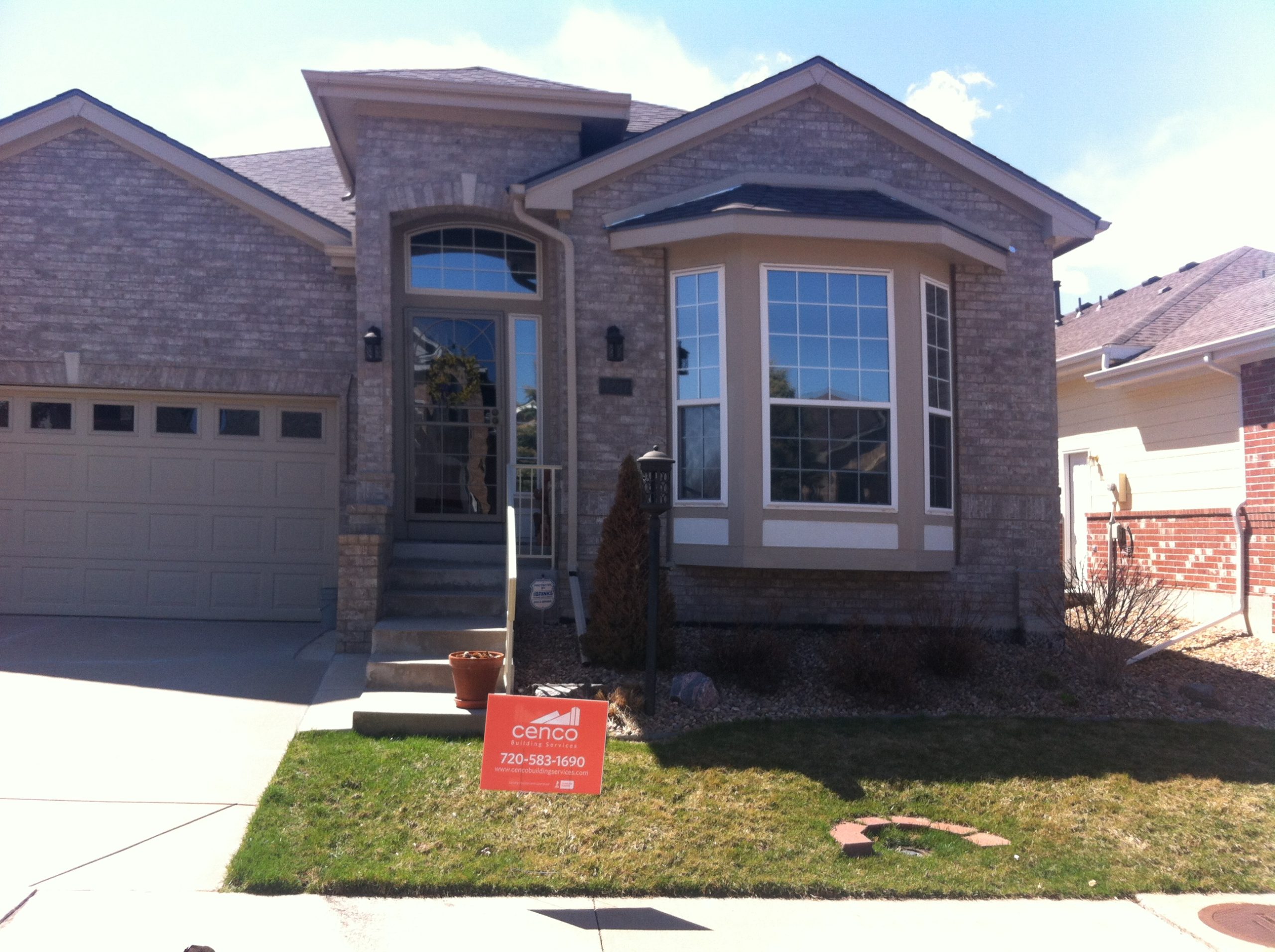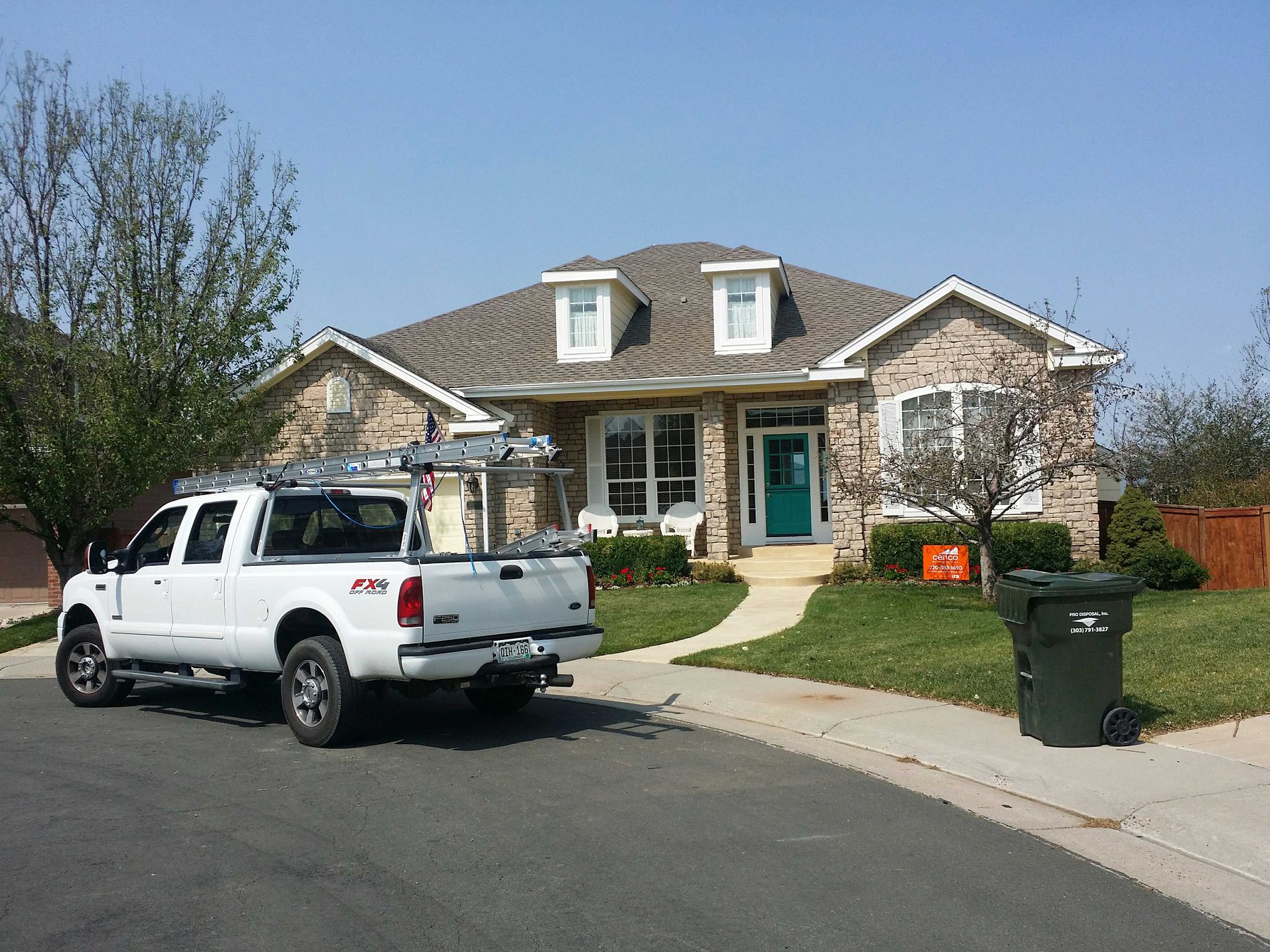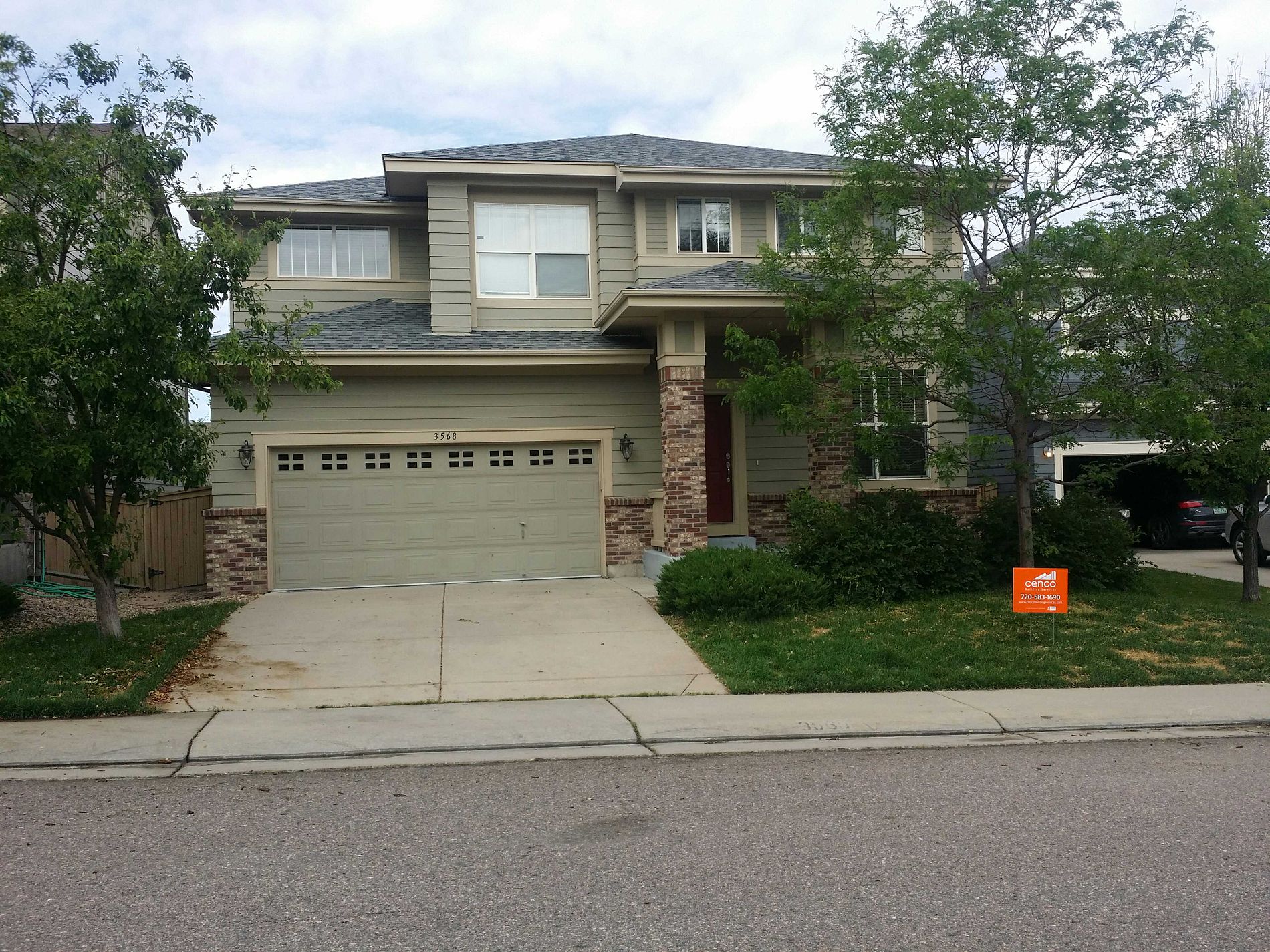With the onset of Fall, Cenco Building Services is working hard to complete commercial flat roofing for our commercial clients. Here we installing a densdeck board over ISO insulation at a national-brand tire store.If you own or manage a commercial property and have been putting off your replacement, call Cenco today for a free, no-obligation inspection at (720)-583-1690.
